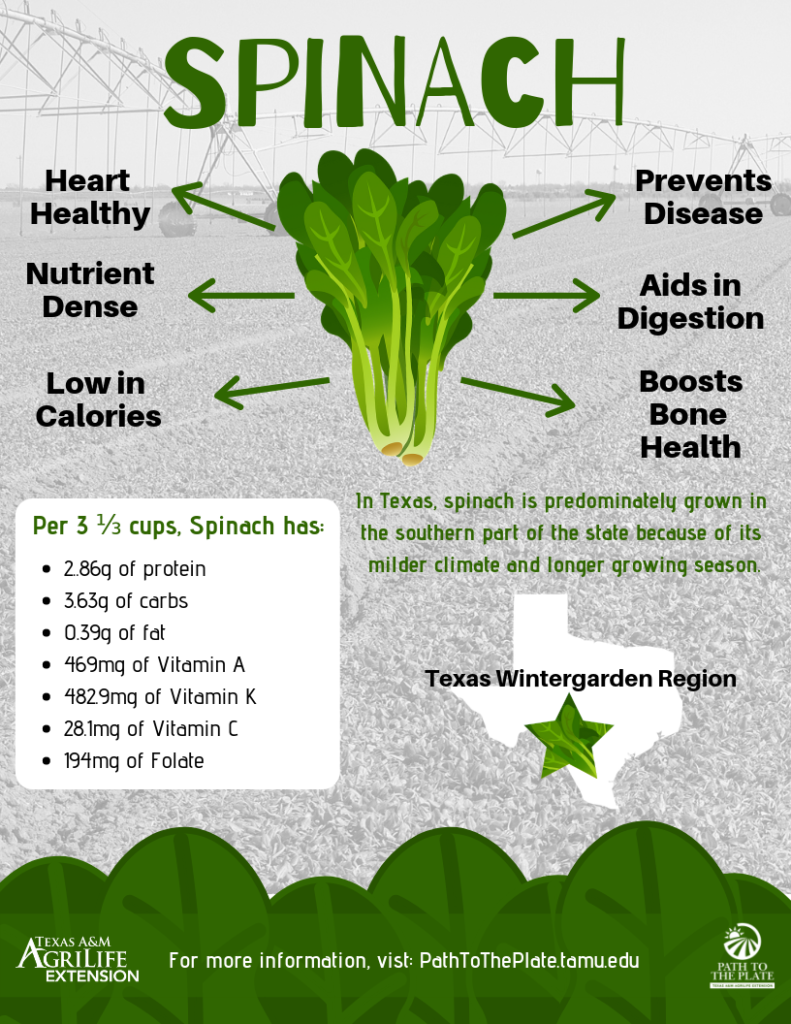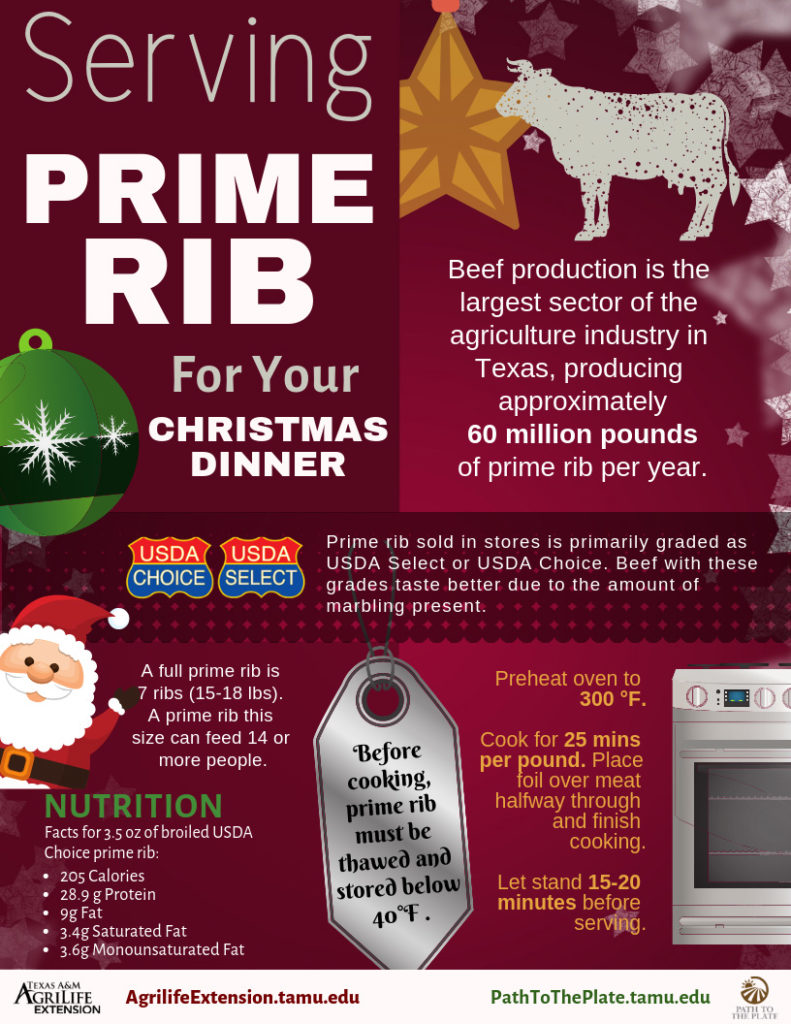Walking through the grocery store to the seafood department, have you ever wondered how the products got from the water to the grocery store? How about why it’s labeled a certain way? If so, we have some of the answers for you!
With 367 miles of coast, shrimp plays a large role in the Texas economy. On average the commercial shrimp harvest in Texas generates $371 million of economic activity. The industry also supports 5,400 jobs in Texas!
The shrimp commercially harvested from the Gulf of Mexico consists mostly of three species based on color. These are most commonly referred to as whites, browns, and pinks. Each of these species of shrimp becomes sexually mature within 6-8 months, making Gulf shrimp an annual crop.
Texas waters and federal waters off the Texas coast are typically closed to shrimp fishing from mid-May to mid-July to allow shrimp to grow to a larger and more valuable size. No species of Gulf shrimp has ever been considered overfished.
Shrimp represents over 25% of the nation’s per capita seafood consumption and is the leading seafood product imported into the United States. All retail seafood must be labeled with both the country of origin and the source – farmed or wild. Shrimp labeled wild refers to either cold or warm water shrimp that are harvested from coastal ocean water. Farmed shrimp refers to warm water shrimp that are grown in open and closed pond systems supplemented with formulated feeds.
Shrimp can be purchased fresh or frozen. Frozen products are most common and available year-round. Shrimp is usually sold by weight and sized based on the number of shrimp per pound.
Not only does the shrimp industry provide the tasty shrimp you buy at the market, it also produces valuable by-products. The shells of crustaceans contain three primary chemicals: protein, calcium, and chitin. Protein is useful in animal feeds and fertilizers, while calcium carbonate is used in the pharmaceutical, construction, and paper industries. Chitin is nitrogen-rich and used in making many items including textiles, household cleaners, and skin-friendly soaps.
USDA MyPlate recommends 5-6 ounces of lean protein per day; shrimp fits this plan. It is also a great source of protein, selenium, vitamin B12, copper, and iodine. The American Heart Association recommends including shrimp in a heart-healthy diet due to its lack of saturated fats and supply of beneficial essential omega-3 fatty acids.



